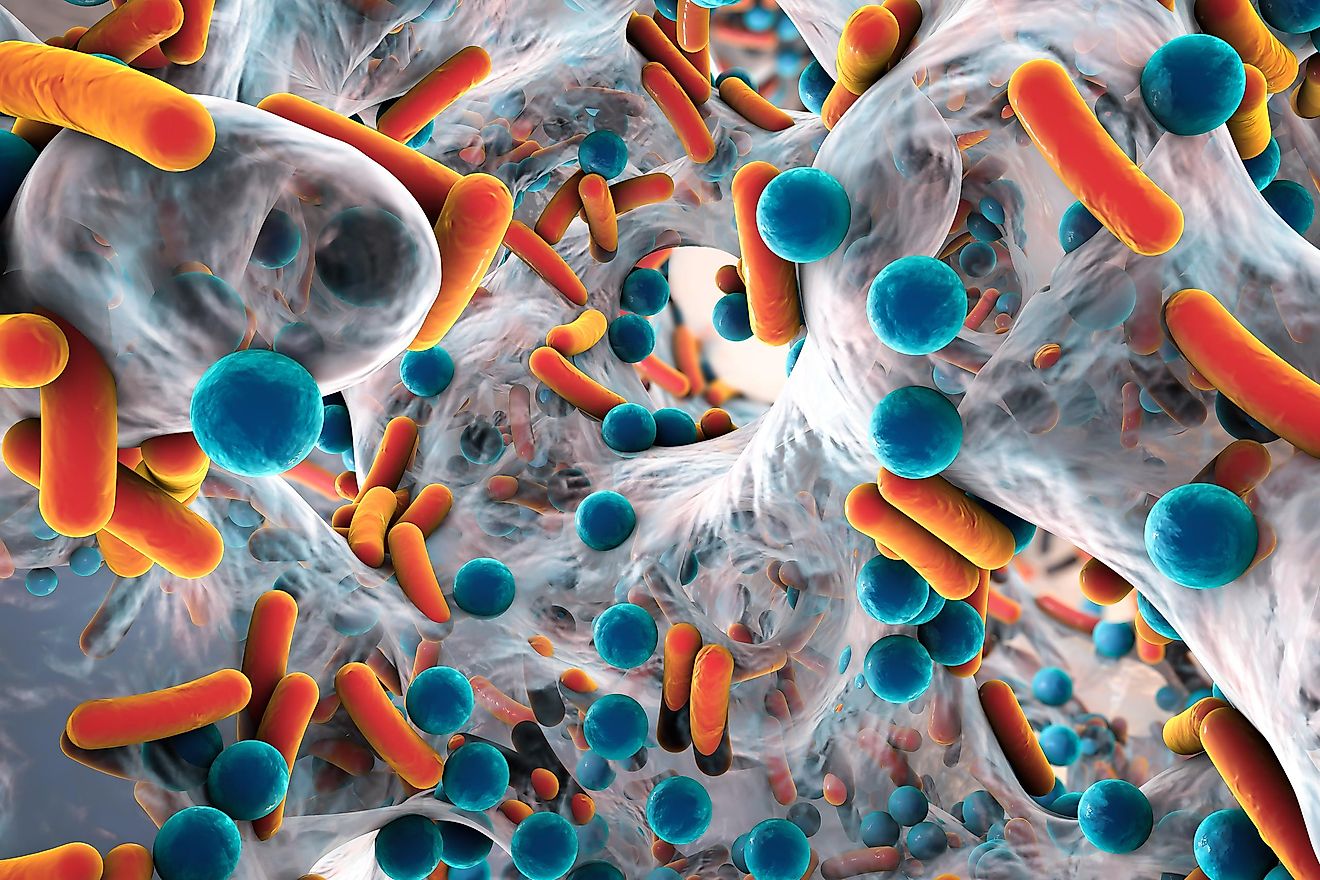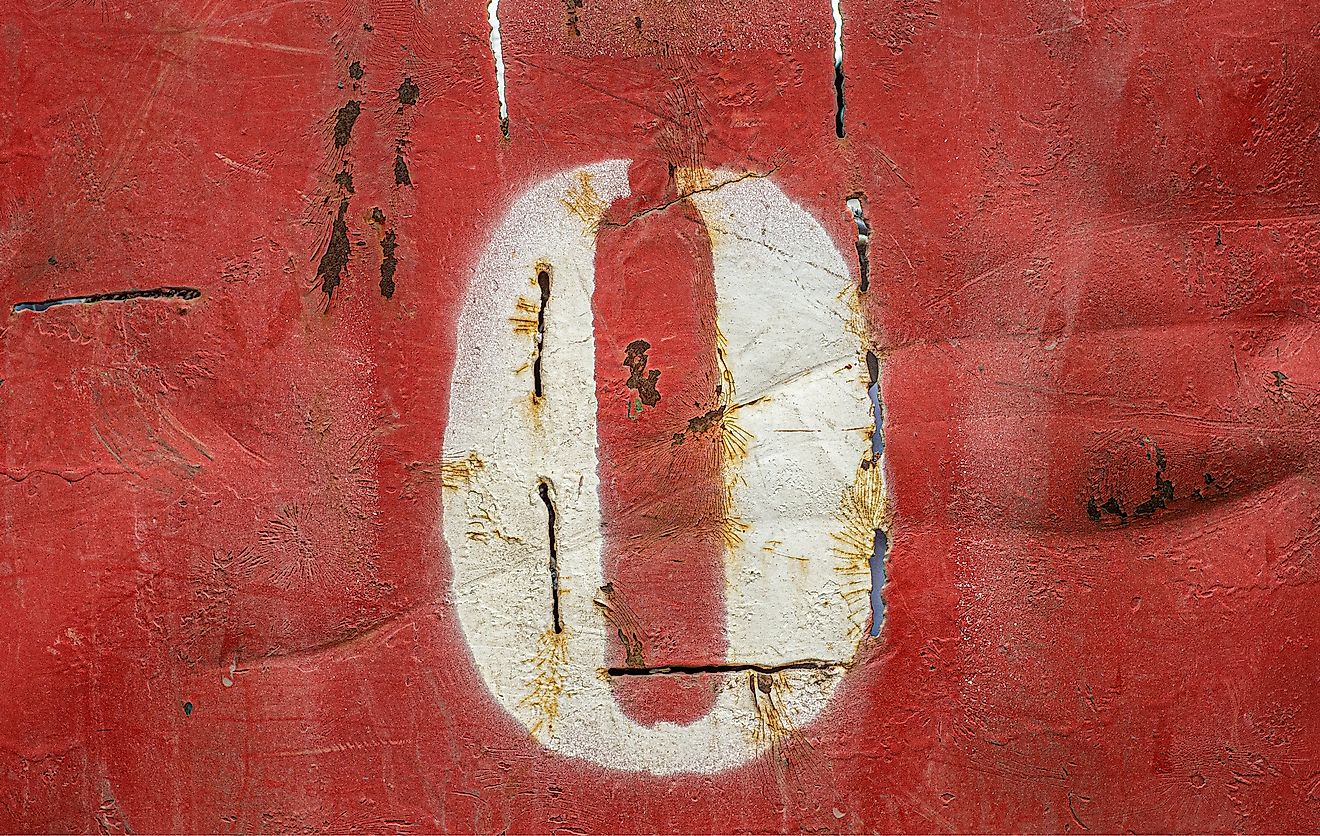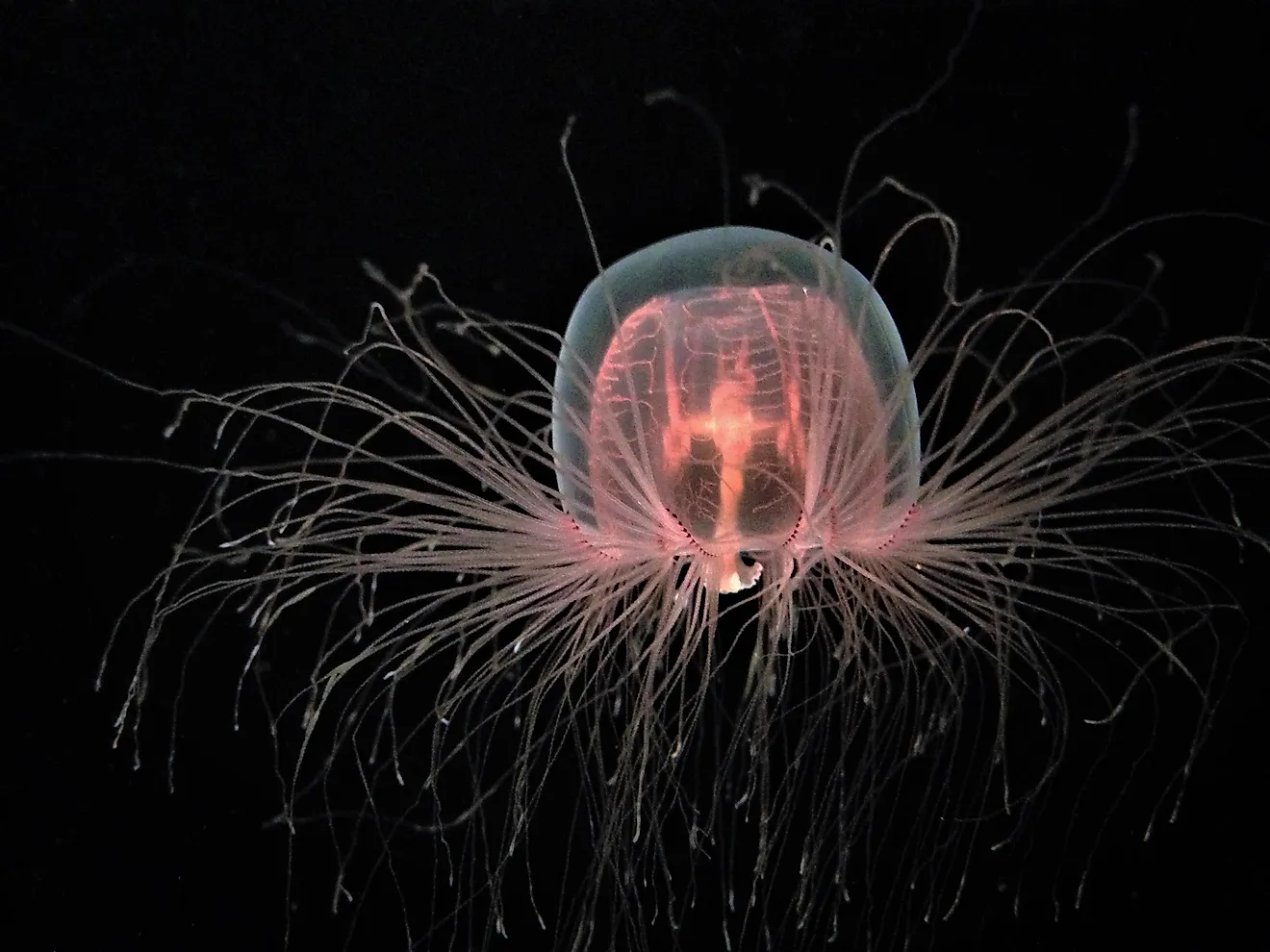What Is Paroxysmal Nocturnal Dyspnea?

Paroxysmal Nocturnal Dyspnea (PND) is sudden shortness of breath that occurs during sleep. When it happens, people wake up without breath, gasping for air. Usually, it happens several hours after falling asleep. It can cause shock in people due to how sudden it usually appears. The easiest way to relieve symptoms is to sit up straight or stand up. Some doctors use the term Paroxysmal Nocturnal Dyspnea to describe cases only caused by congestive heart failure, although other medical conditions can cause it as well.
How Did It Get Its Name?
Paroxysmal Nocturnal Dyspnea can easily be explained by defining the meaning behind its name. The word “Paroxysmal” is usually used to describe medical symptoms that occur unexpectedly and suddenly. “Nocturnal” means that it happens only during the nighttime, and “Dyspnea” is a word used in medicine to specify conditions where a patient suffers from shortness of breath or breathes uncomfortably.
Dyspnea itself can be a symptom of a large number of diseases that are tied to the respiratory system, including pneumonia, heart failure, and chronic obstructive pulmonary disorder. It is also important to differentiate PND from sleep apnea, which is a separate condition. Sleep apnea can be the cause of Paroxysmal Nocturnal Dyspnea, but the other way around is not possible. Patients with sleep apnea can experience several episodes of stopped or slowed breathing throughout the night. If the breathing gets interrupted for a prolonged time, PND can get triggered, and the person wakes up.
What Are The Symptoms And Causes?

PND usually happens during the night, a few hours after a person has fallen asleep. The person will then wake up while coughing and gasping for air. After sitting or standing up to open up the airways, the breathing starts to normalize, although it may take up to thirty minutes for it to completely recover. It is hard for a person to fall asleep after going through an episode of PND. If it starts occurring regularly, it may lead to sleep anxiety, or in extreme cases, insomnia.
There are many causes of Paroxysmal Nocturnal Dyspnea, some of which are far less dangerous than others. One that can be dangerous, however, is heart failure. It happens when the heart fails to pump blood through the body sufficiently. Once that happens, fluid starts to fill up the lungs making breathing extremely difficult. PND can also be caused by certain conditions tied to the lungs and the respiratory system. Some of those include asthma, restrictive lung disease, and pulmonary edema. Some more conditions that can cause PND are kidney failure and panic attacks, among others.
How Is PND Diagnosed And Treated?
First and foremost, the medical history of the patient is essential when trying to determine what exactly causes their Paroxysmal Nocturnal Dyspnea. Multiple tests can be run to determine whether the patient indeed suffers from PND, including blood tests, chest X-ray, biopsy, chest MRI scan, bronchoscopy, and cardiac ultrasound.
Depending on what the cause of PND is, the treatments can differ from each other. If the cause is heart failure, diuretic therapy can be suggested, or cardiac medication therapy. The former helps with the fluid in the lungs, while the latter reduces blood pressure. Some cases may require surgery. If PND is caused by disorders related to the respiratory system, treatment is far easier, and mostly uses medication related to the disorder itself.











